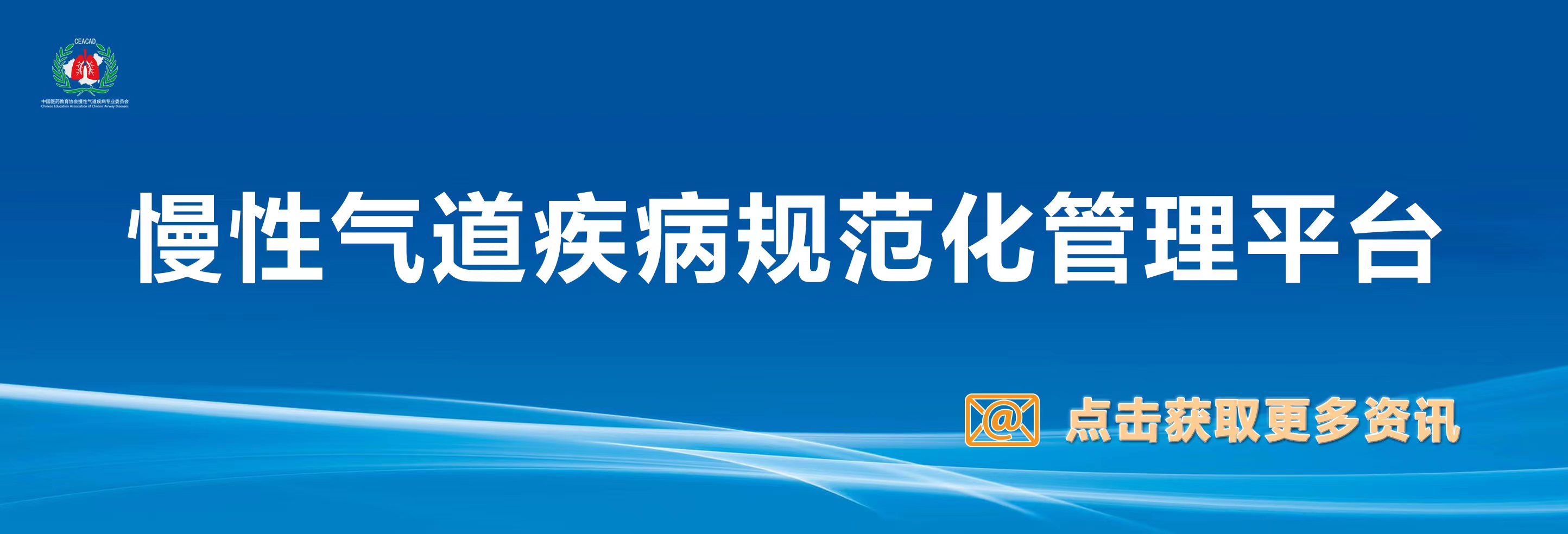PIAMA研究:颗粒物构成与儿童血压的关系
2015/09/07
摘要
背景:儿童学血压是预测成人高血压和心血管疾病的重要指标。越来越多的证据显示环境颗粒物(PM)暴露与血压升高有关,但与不同PM构成的关联尚不可知。
目的:本文旨在研究12岁儿童中,颗粒物构成与血压之间的关系。
方法:运用土地使用回归模型,对前瞻性PIAMA出生队列研究中的受试者家庭住处直径小于2.5μm(PM2.5) 和10μm(PM10) 的铜、铁、钾、镍、硫、硅、矾、锌颗粒的每年平均浓度进行评估。运用线性回归分析元素浓度与12岁时血压的关系,包括校正及未校正混杂因素。
结果:研究发现,校正潜在混杂因素后,对于自出生起就居住在同一地点的儿童,舒张压与铁、硅、钾的PM10浓度显著正相关 [平均差分别为(95% 置信区间): 0.67 (0.02;1.31) mmHg, 0.85 (0.18;1.52) mmHg, and 0.75 (0.09;1.41) mmHg, 每四分位间距暴露增加]。铁、硅PM2.5浓度与舒张压显著正相关(p<0.1)。研究发现,部分观察效果归因于NO2(交通废气排放标志物)。
结论:暴露于颗粒物特别是铁颗粒会使儿童血压升高。血压升高与铁暴露正相关可能表明健康与无交通废气排放的关联。
(杨冬 审校)
Environ Int. 2015 Jul 14;84:1-6. doi: 10.1016/j.envint.2015.07.010. [Epub ahead of print]
Associations between particulate matter composition and childhood blood pressure - The PIAMA study.
Bilenko N1, Brunekreef B2, Beelen R1, Eeftens M3, de Hoogh K4, Hoek G1, Koppelman GH5, Wang M6, van Rossem L7, Gehring U8.
Abstract
BACKGROUND:Childhood blood pressure is an important predictor of hypertension and cardiovascular disease in adulthood. Evidence for an association between ambient particulate matter (PM) exposure and blood pressure is increasing, but little is known about the relevance of different PM constituents.
OBJECTIVES:We investigated the association between particulate matter composition and blood pressure at age 12years.
METHODS:Annual average concentrations of copper, iron, potassium, nickel, sulfur, silicon, vanadium, and zinc in particles with diameters of less than 2.5μm (PM2.5) and 10μm (PM10) were estimated by land-use regression modeling for the home addresses of the participants of the prospective PIAMA birth cohort study. Associations between element concentrations and blood pressure measurements performed at age 12years were investigated by linear regression with and without adjustment for confounders.
RESULTS:After adjustment for potential confounders we found statistically significant positive associations of diastolic blood pressure with iron, silicon, and potassium in PM10 in children who lived at the same address since birth [mean difference (95% confidence interval) 0.67 (0.02;1.31) mmHg, 0.85 (0.18;1.52) mmHg, and 0.75 (0.09;1.41) mmHg, respectively, per interquartile range increase in exposure]. Also, we found marginally significant (p<0.1) positive associations between iron and silicon in PM2.5 and diastolic blood pressure. Part of the observed effects was d to be attributable to NO2, a marker of exhaust traffic emissions.
CONCLUSIONS:Exposure to particulate matter constituents, in particular iron may increase blood pressure in children. The possible association with iron may indicate the health relevance of non-exhaust emissions of traffic.
Environ Int. 2015 Jul 14;84:1-6. doi: 10.1016/j.envint.2015.07.010. [Epub ahead of print]
上一篇:
婴儿细支气管炎患者低嗜酸性粒细胞状态与成年哮喘低风险相关
下一篇:
环境空气污染对哮喘儿童肺功能和气道反应性的影响









